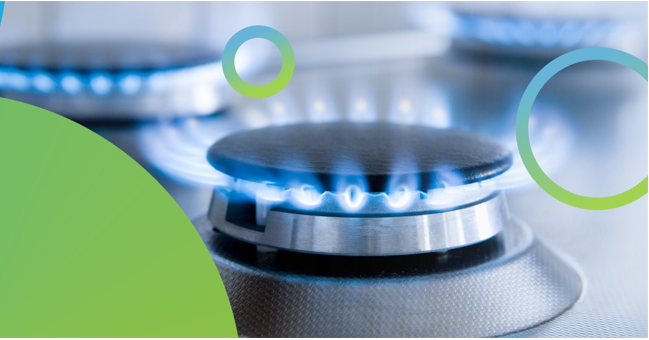Networks & Storage
Home > The Hydrogen Story > Networks & Storage
Menu
The UK has a world-leading gas network with around 300,000 km of gas pipes – enough to go around the world seven times. Around 22 million homes and commercial properties are connected to the gas grid, equivalent to approximately 23% of the UK’s total energy bill[1].
Studies have shown that re-purposing the gas grid to transport hydrogen can be a low disruption, cost effective way to deliver hydrogen to large scale storage and other end users including industry, transport and power. The gas network can transport hydrogen in two methods – blended with existing natural gas supplies or 100% hydrogen.
[1] How do the UK’s energy networks work? – Energy Networks Association
 HyDeploy is being delivered by the HyDeploy consortium, led by Cadent. The partners include Northern Gas Networks, Progressive Energy Ltd, Keele University, HSE – Science Division and ITM Power. It is a great example of networks and partners working together to achieve a common goal – the reduction of carbon emissions and improved air quality for the near future.
HyDeploy is being delivered by the HyDeploy consortium, led by Cadent. The partners include Northern Gas Networks, Progressive Energy Ltd, Keele University, HSE – Science Division and ITM Power. It is a great example of networks and partners working together to achieve a common goal – the reduction of carbon emissions and improved air quality for the near future.
As the first ever live demonstration of hydrogen in homes, HyDeploy aims to prove that blending up to 20% volume of hydrogen with natural gas is a safe and greener alternative to the gas we use now. It is providing evidence on how customers don’t have to change their cooking or heating appliances to take the blend, which means less disruption and cost for them. It is also confirming initial findings that customers don’t notice any difference when using the hydrogen blend.
HyDeploy is being conducted in a phased manner, with the first live demonstration being hosted on the private gas network at the Keele University campus in Staffordshire. As the Keele stage is completed, HyDeploy will move to a larger demonstration on a public network in the North East. After that, HyDeploy plans to have another large demonstration in the North West. These are designed to test the blend across a range of networks and customers so that the evidence is representative of the UK as a whole.

To overcome its low density, hydrogen storage requires either large volumes or high pressures. Hydrogen can be stored in salt caverns underground, or in depleted gas fields, with some smaller volumes in pressurised tanks where demand is lower or where the geology isn’t favourable.
An Edinburgh University project has estimated that 150 TWh of hydrogen storage is required to replace the seasonal variation in natural gas production. The project also estimated that there is potentially up to 6900 TWh of hydrogen storage in gas fields and a further 2200 TWh of potential in saline aquifers[1]. In short, there will be sufficient storage capacity for hydrogen to replace natural gas within the UK energy system.
Current estimates for the cost of storage vary significantly. While costs are higher than those for natural gas storage, there is evidence that hydrogen will provide much cheaper energy storage than large scale batteries. The HySecure project, for example, estimates that investment in salt caverns could result in storage costs of £1.2/kWh. This is approximately 10 times less than pressurised tank storage and over 70 times less than the current cost of battery storage[2] [3].
[1] Edinburgh University (2021) A quantitative assessment of the hydrogen storage capacity of the UK continental shelf
[2] Storengy (2019) Project HySecure
[3] Bloomberg Green (2020) Electric Cars Closing In on Gas Guzzlers as Battery Costs Plunge